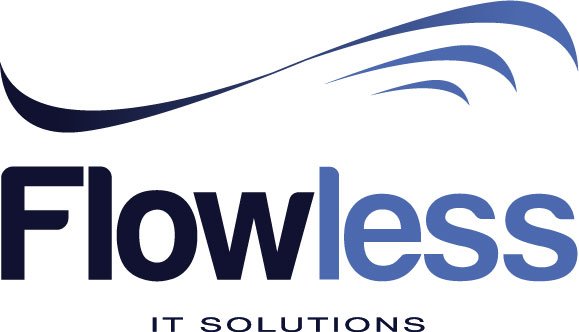Do you know what the term Lego Serious Paly really is? Or how you can get started with Lego Serious play? Well, if you do not about this term and want to learn, then keep reading this article.
Lego Serious Play is a special methodology in the agile world. The Lego Group created this methodology and made it available under the open source which is a model of community-based. The goal is to be a creative thinker by using Lego bricks. Big companies use Lego Serious Play methodology to enhance their business performance through the imaginary scenarios by constructing Legos in three dimensions. Now let’s get started with this methodology.
All you need is some Lego bricks. There are multiple colors and set options to choose from. Go to Lego meetups or organized one of your own. In these meetups, a question will be given to all attendants and each one of them will answer it by using Lego bricks. In the end, a single model will be built as a team in order to represent the understanding of the respected problem. After this action and decisions would be taken. In big organizations and companies, employs the use of Legos to represent their work with confidence and commitment.
By using Lego Serious Play one can explore connections and relationships between people and their world. Lego Serious Play guides you in an honest and freely opinion’s exchange. The tangible and physical construction will allow you to make conversation without fearing of treading upon some kind of personal feelings. This way real issues will get addressed and other people will also get a chance to see the problem with their eyes. Lego Serious play allows you to take a shortcut toward the core. Lego bricks work as a catalyst and when you will use it for metaphor’s building, the processes would be the trigger that you might not previously aware of.
Sources
- https://www.lego.com/en-us/seriousplay
- https://www.lego.com/
- https://en.wikipedia.org/wiki/Lego_Serious_Play
— Slimane Zouggari
